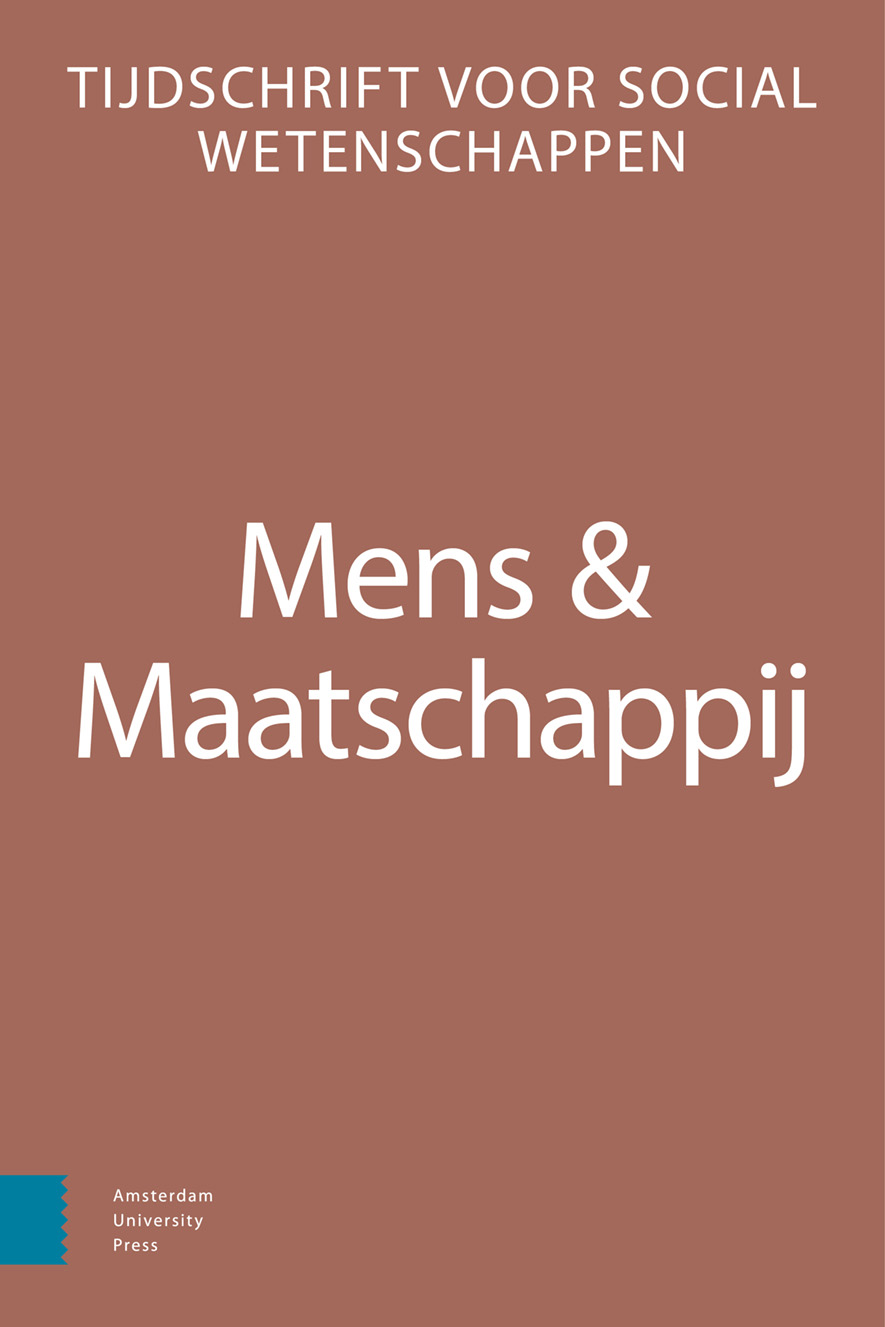
Full text loading...
We use cookies to track usage and preferences.I Understand
Hybrid working and the employee engagement. An analysis based on self-determination theory
The COVID-19 pandemic increased the practical and academic attention for hybrid work, which refers to work at the premises of the employer is combined with working elsewhere. Previous research into the consequences of hybrid work for workers lead to mixed results. The present study aims to provide some clarity by analyzing how hybrid work relates to engagement of employees. Based on self-determination theory (SDT), it is argued that hybrid work may affect engagement via the (lack of) fulfillment of the need for autonomy, competence, and relatedness. Using data from the European Working Conditions Telephone Survey (EWCTS) 2021on 31,000 employees in 36 countries, three hypotheses were tested. The analyzes show that in comparison with completely working at the premises of the employer, employees having hybrid working arrangements experience higher levels of autonomy and competence, which in turn contributes to their engagement. In contrast to the expectation, their level of relatedness is also higher. Another notable finding is that the outcomes of hybrid working are similar to other forms of telework.

Article metrics loading...

Full text loading...
References


Data & Media loading...

